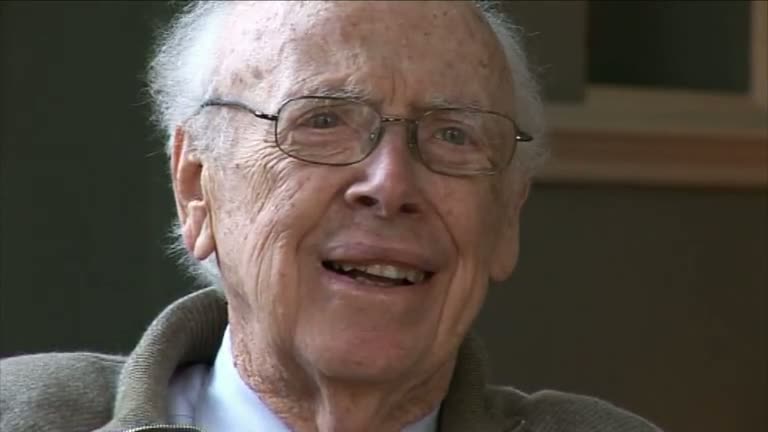NEXT STORY

Melatonin and the connection between sun and sex?
RELATED STORIES

NEXT STORY

Melatonin and the connection between sun and sex?
RELATED STORIES


|
Views | Duration | |
|---|---|---|---|
| 61. Dangers in the lab? Recombinant DNA | 77 | 04:14 | |
| 62. Running labs | 61 | 02:12 | |
| 63. My ideas for Cold Spring Harbor and work on cancer | 60 | 05:57 | |
| 64. Judah Folkman and endostatins | 106 | 04:48 | |
| 65. Sensing where you are in history | 70 | 02:49 | |
| 66. Melatonin and the connection between sun and sex? | 237 | 09:34 | |
| 67. Ethics and rights | 93 | 09:21 | |
| 68. Combating suffering no matter what | 69 | 02:27 | |
| 69. Cloning and animal experiments | 80 | 03:06 | |
| 70. Genetically modified crops | 237 | 03:38 |


[Q] Your vision for Cold Spring Harbor when you started, did it include building this exceptional, large research institute?
No, no, it was just you know, I learned the rule, you either get bigger or smaller, and like we when monoclonal antibodies came along, we thought well, we have to have a facility to build them. So we built, by any standard, a small edition. We called it the Sambrook Lab, and there, you know, in that building at Harlow they had antibodies and that was the experiment that showed that the Adno E1A protein bound the RB. So, we've finally understand tumor suppressors... So we hadn’t built the building [unclear]. So, good staff will leave, but that then leads to finally you are becoming bigger than... I think that way would work if you didn’t have tenure, but really, every place in the world has tenure and so after a while every place gets too big. You know, finally, I mean just like in a Malthusian way, you will increase faster than your inherent resources. And so all these new buildings we built, they may stay half empty for the next 20 years. But, you know, if when the recovery occurs you are going to have the buildings and you can go ahead. At Harvard, the reason I could go there with assurance is the bio labs had never been completed. It has space that was never finished. It was built during the Great Depression, you know, a decision, and but then when it was finished there was no money to occupy it. So, we have six buildings just finished now, and we don’t have the money to... I think if we make the decision where we try and cure cancer we could occupy them, but I think we will persist in just going along understanding cancer. It’s going to be very hard, so you’ve got to... you’ve got to always sense where you are in history.
American molecular biologist James Dewey Watson was best known for discovering the structure of DNA for which he was jointly awarded the 1962 Nobel Prize in Physiology or Medicine along with Francis Crick and Maurice Wilkins. His long career saw him teaching at Harvard and Caltech, and taking over the directorship of Cold Spring Harbor Laboratory in New York. From 1988 to 1992, James Watson was head of the Human Genome Project at the National Institutes of Health.
Title: Sensing where you are in history
Listeners: Martin Raff Walter Gratzer
Martin Raff is a Canadian-born neurologist and research biologist who has made important contributions to immunology and cell development. He has a special interest in apoptosis, the phenomenon of cell death.
Walter Gratzer is Emeritus Professor of Biophysical Chemistry at King's College London, and was for most of his research career a member of the scientific staff of the Medical Research Council. He is the author of several books on popular science. He was a Postdoctoral Fellow at Harvard and has known Jim Watson since that time
Duration: 2 minutes, 49 seconds
Date story recorded: November 2008 and October 2009
Date story went live: 18 June 2010